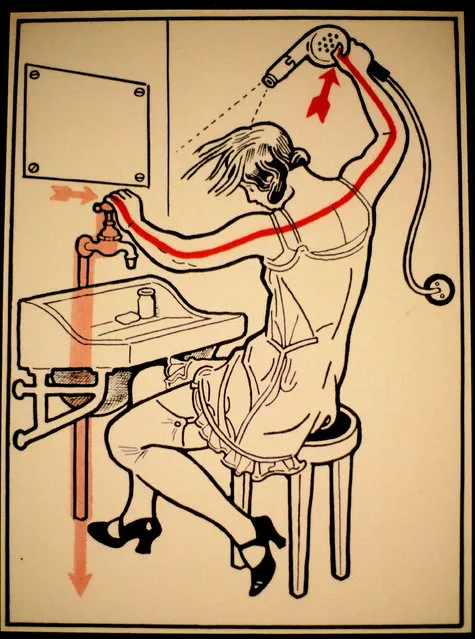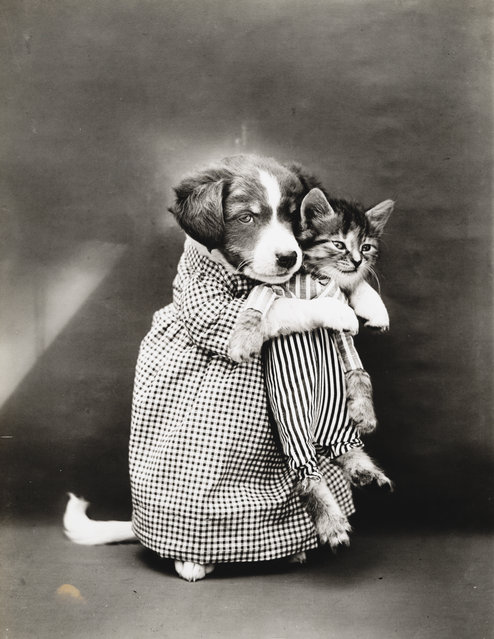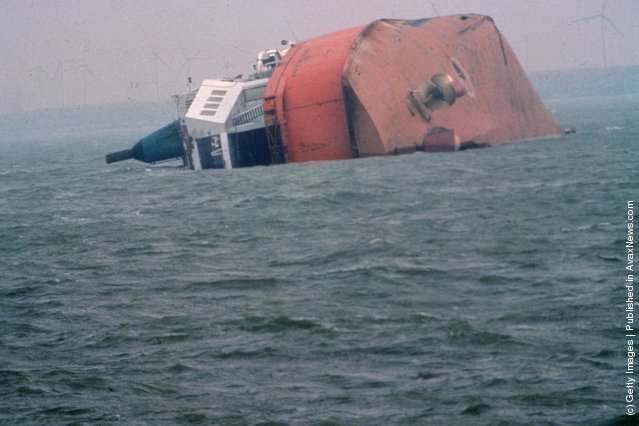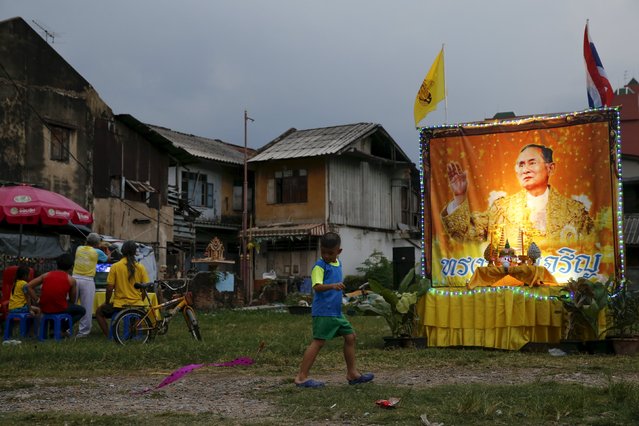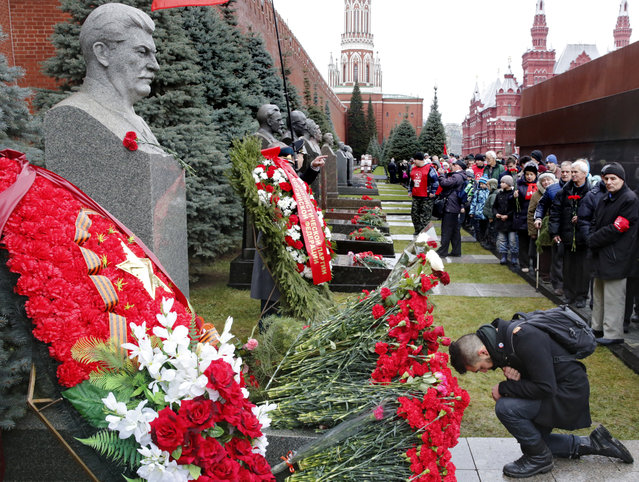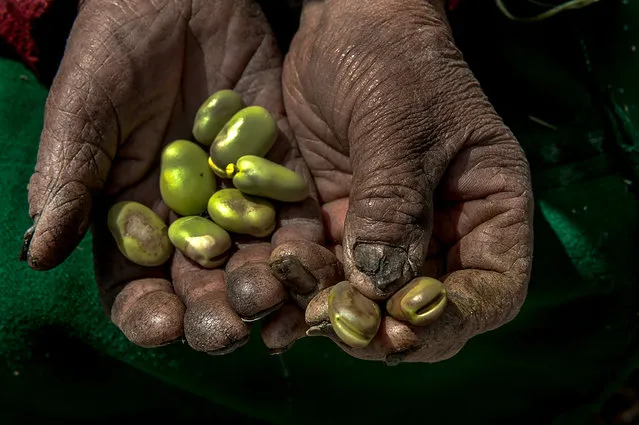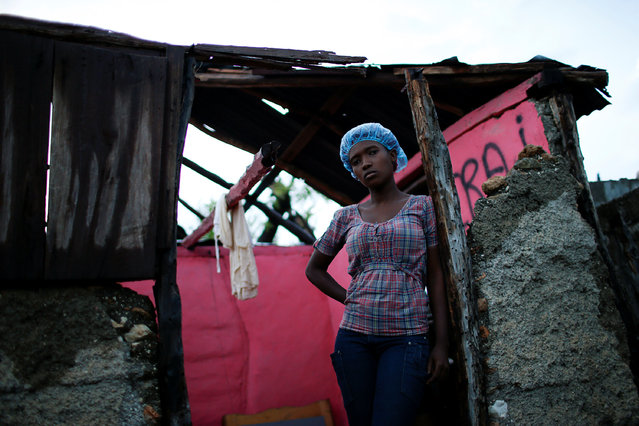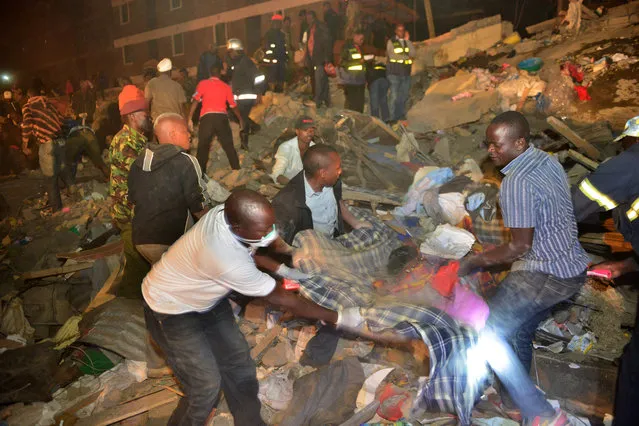
Rescue workers help the injured at the site of a multi-storey building collapse in the capital Nairobi, Kenya Sunday, January 4, 2015. The residential building in the Huruma neighborhood of Nairobi collapsed on Sunday and according to the Kenya Red Cross, a dozen people have so far been rescued but an unknown number are still feared trapped. (Photo by AP Photo)
05 Jan 2015 13:06:00,post received
0 comments

